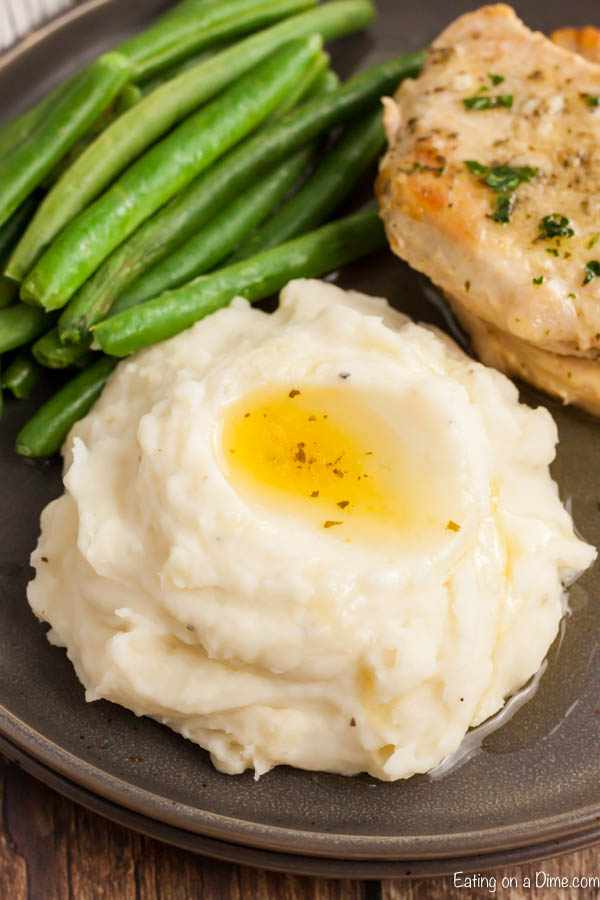"Delicious Preserved Eggs Recipe: A Step-by-Step Guide to Making Traditional Century Eggs at Home"
**Preserved Eggs Recipe** (翻译:腌制蛋食谱)---#### Introduction to Preserved EggsPreserved eggs, also known as century eggs or hundred-year eggs, are a traditional……
**Preserved Eggs Recipe** (翻译:腌制蛋食谱)
---
#### Introduction to Preserved Eggs
Preserved eggs, also known as century eggs or hundred-year eggs, are a traditional Chinese delicacy that has been enjoyed for centuries. This unique dish is made by preserving duck, quail, or chicken eggs in a mixture of clay, ash, and quicklime, resulting in a striking appearance and a complex flavor profile. The eggs have a dark green or black color with a creamy yolk that has a rich, savory taste. This article will provide you with a comprehensive **preserved eggs recipe** that you can try at home.
#### Ingredients Needed for Preserved Eggs
To create your own preserved eggs, you will need the following ingredients:
- Fresh duck or quail eggs (about a dozen)
- 1 cup of quicklime
- 1 cup of ash (wood ash is preferred)

- 1 cup of salt
- Water (enough to create a paste)
- Optional: tea leaves for additional flavor
These ingredients are essential for the preservation process, and each plays a significant role in achieving the desired texture and flavor of the eggs.
#### Step-by-Step Guide to Making Preserved Eggs
1. **Prepare the Preservation Mixture**: In a large bowl, combine the quicklime, ash, and salt. Gradually add water to the mixture to form a thick paste. The consistency should be similar to that of mud, allowing it to adhere to the eggs.
2. **Coat the Eggs**: Carefully take each egg and coat it evenly with the preservation paste. Make sure the entire surface is covered to prevent any air from entering.
3. **Place in a Container**: Once all the eggs are coated, place them in a container that can be sealed. A glass jar or a non-reactive plastic container works well. If desired, you can also add some tea leaves to the container for added flavor.
4. **Seal and Store**: Seal the container tightly to keep out air. Store it in a cool, dark place for about 4 to 6 weeks. The longer you leave the eggs, the stronger the flavor will be.
5. **Rinse and Enjoy**: After the preservation period, carefully remove the eggs from the container and rinse them under cold water to remove any residue. Your preserved eggs are now ready to be sliced and enjoyed!
#### Serving Suggestions for Preserved Eggs
Preserved eggs can be enjoyed in various ways. Here are a few serving suggestions:

- **Sliced with Soy Sauce**: Simply slice the preserved eggs and serve them with soy sauce and a sprinkle of chopped green onions for a simple yet delicious appetizer.
- **In Salads**: Add sliced preserved eggs to salads for an interesting twist. They pair well with greens, sesame oil, and vinegar.
- **As a Side Dish**: Serve preserved eggs alongside congee or rice dishes for a traditional meal.
#### Conclusion
Making preserved eggs at home might seem daunting, but with this detailed **preserved eggs recipe**, you can easily create this unique delicacy. Not only will you impress your family and friends with your culinary skills, but you'll also gain a deeper appreciation for this traditional food. Enjoy the process and the delicious results!